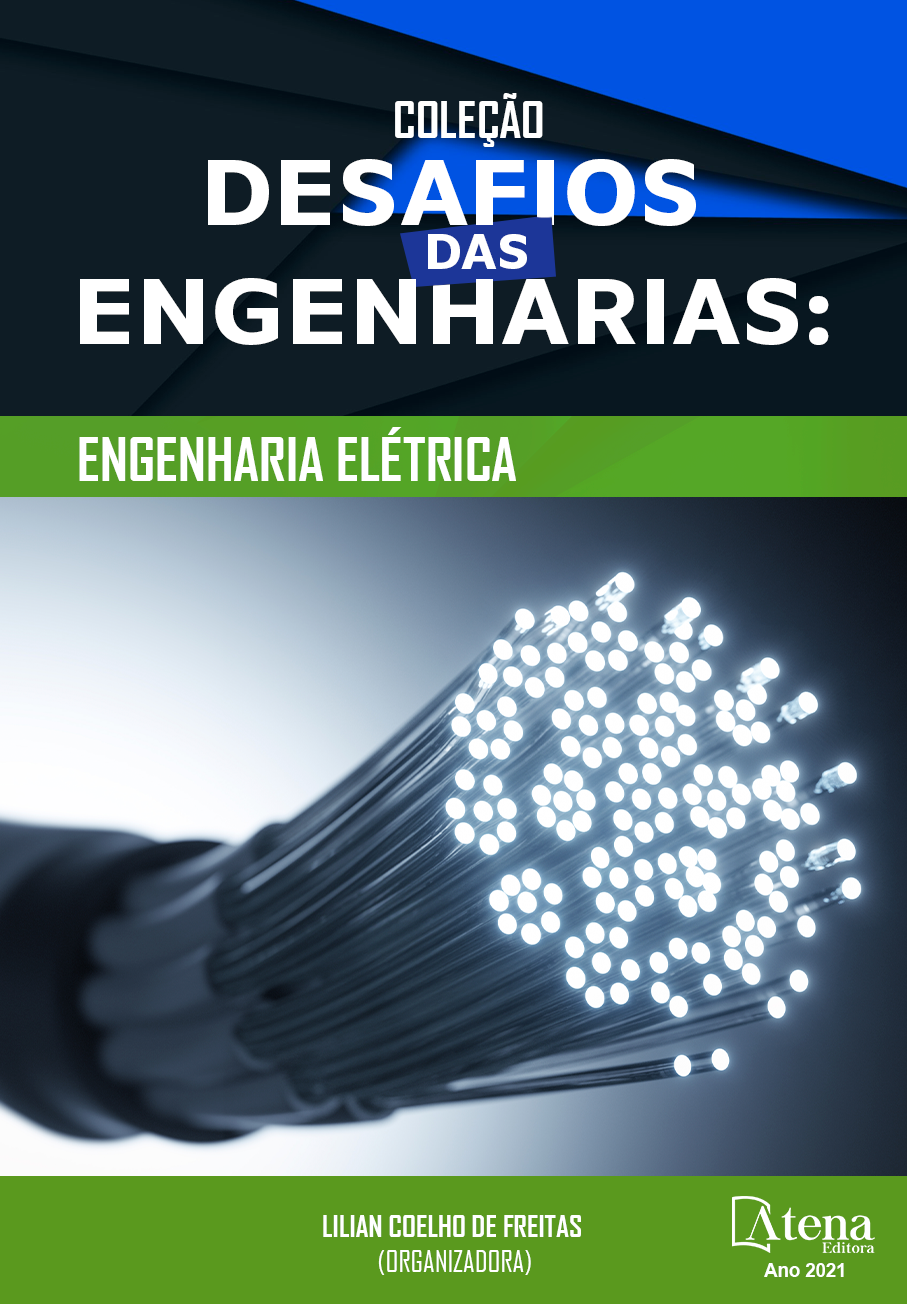
TRATAMENTO TÉRMICO DE RESÍDUOS DE PODA URBANA
A poda de árvores no meio urbano se torna algo fundamental para o bom desenvolvimento das mesmas, aproveitamento da parte aérea e para que não ocorra disputa entre elas e as redes de eletricidade. A poda urbana também se configura como um resíduo que pode ser um passivo ambiental se descartada inadequadamente ou pode ser utilizada como um energético, e a incrementação de energia pode ocorrer por meio da pirólise, produzindo um coproduto mais energético. Diante da importância do aproveitamento desse resíduo para energia este trabalho buscou caracterizar por teor de umidade e análise imediata o resíduo de poda urbana do município de Palotina – PR, antes e depois do processo de torrefação. A torrefação foi conduzida nas temperaturas de 240, 260 e 280 °C e nos tempos de 1, 2 e 3 h. A temperatura e o tempo foram significativos e influenciaram positivamente o aumento do teor de carbono fixo e para o material volátil apenas a temperatura teve efeito significativo, o aumento da temperatura influi negativamente no percentual de material volátil. O teor médio de umidade foi elevado de 68,12 %. O ensaio 4 com temperatura de 280 °C e tempo de 3 h apresentou o maior teor de carbono fixo (63,13 %), menor teor de material volátil (32,74%) e rendimento gravimétrico (41 %), corroborando com os dados da literatura. Sendo assim, o resíduo de poda urbana pode quando submetido a torrefação tornar-se um coproduto de maior valor agregado e com características combustíveis mais interessantes e ainda minimizar os impactos ambientais do destino inadequado.
TRATAMENTO TÉRMICO DE RESÍDUOS DE PODA URBANA
-
DOI: https://doi.org/10.22533/at.ed.60621220710
-
Palavras-chave: Biomassa. Coproduto. Pirólise. Torrefação. Energia.
-
Keywords: Biomass. Co-product. Pyrolysis. Torrefaction. Energy.
-
Abstract:
The urban pruning waste becomes something fundamental for their good development, use of the aerial part and so that there is no dispute between them and the electricity networks. Urban pruning is also configured as a waste that can be an environmental liability if disposed of improperly or can be used as an energy source, and the increase in energy can occur through pyrolysis, producing a more energetic product. In view of the importance of using this waste for energy, this work sought to characterize the urban pruning waste in the Palotina – PR city, by moisture content and immediate analysis, before and after the torrefaction process. The torrefaction was carried out at temperatures of 240, 260 and 280 °C and at times of 1, 2 and 3 h. Temperature and time were significant and positively influenced the increase in the fixed carbon content and for the volatile material only the temperature had a significant effect, the increase in temperature negatively influences the percentage of volatile material. The average moisture content was high of 68.12 %. Test 4 with temperature of 280 °C and time of 3 h presented the highest content of fixed carbon (63.13 %), lowest content of volatile material (32.74 %) and gravimetric yield (41 %), corroborating with the literature data. Thus, urban pruning waste can, when subjected to torrefaction, become a co-product of greater added value and with more interesting fuel characteristics and still minimize the environmental impacts of the inadequate destination.
-
Número de páginas: 12
- Eveline Trindade
- Maristela Furman
- Aline Bavaresco dos Santos
- Dilcemara Cristina Zenatti
- Adriana Ferla de Oliveira
- Adriana Ferla de Olliveira


